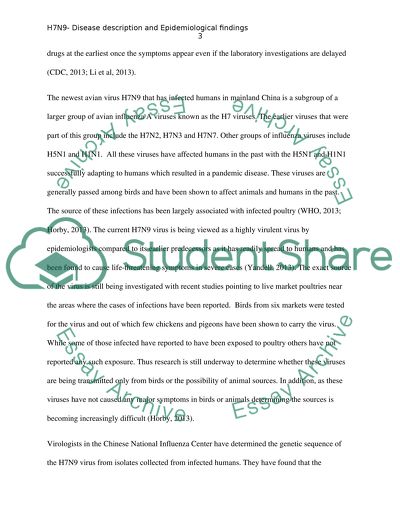Cite this document
(“H7N9 disease Research Paper Example | Topics and Well Written Essays - 1000 words”, n.d.)
H7N9 disease Research Paper Example | Topics and Well Written Essays - 1000 words. Retrieved from https://studentshare.org/health-sciences-medicine/1474914-h7n9-disease
H7N9 disease Research Paper Example | Topics and Well Written Essays - 1000 words. Retrieved from https://studentshare.org/health-sciences-medicine/1474914-h7n9-disease
(H7N9 Disease Research Paper Example | Topics and Well Written Essays - 1000 Words)
H7N9 Disease Research Paper Example | Topics and Well Written Essays - 1000 Words. https://studentshare.org/health-sciences-medicine/1474914-h7n9-disease.
H7N9 Disease Research Paper Example | Topics and Well Written Essays - 1000 Words. https://studentshare.org/health-sciences-medicine/1474914-h7n9-disease.
“H7N9 Disease Research Paper Example | Topics and Well Written Essays - 1000 Words”, n.d. https://studentshare.org/health-sciences-medicine/1474914-h7n9-disease.


